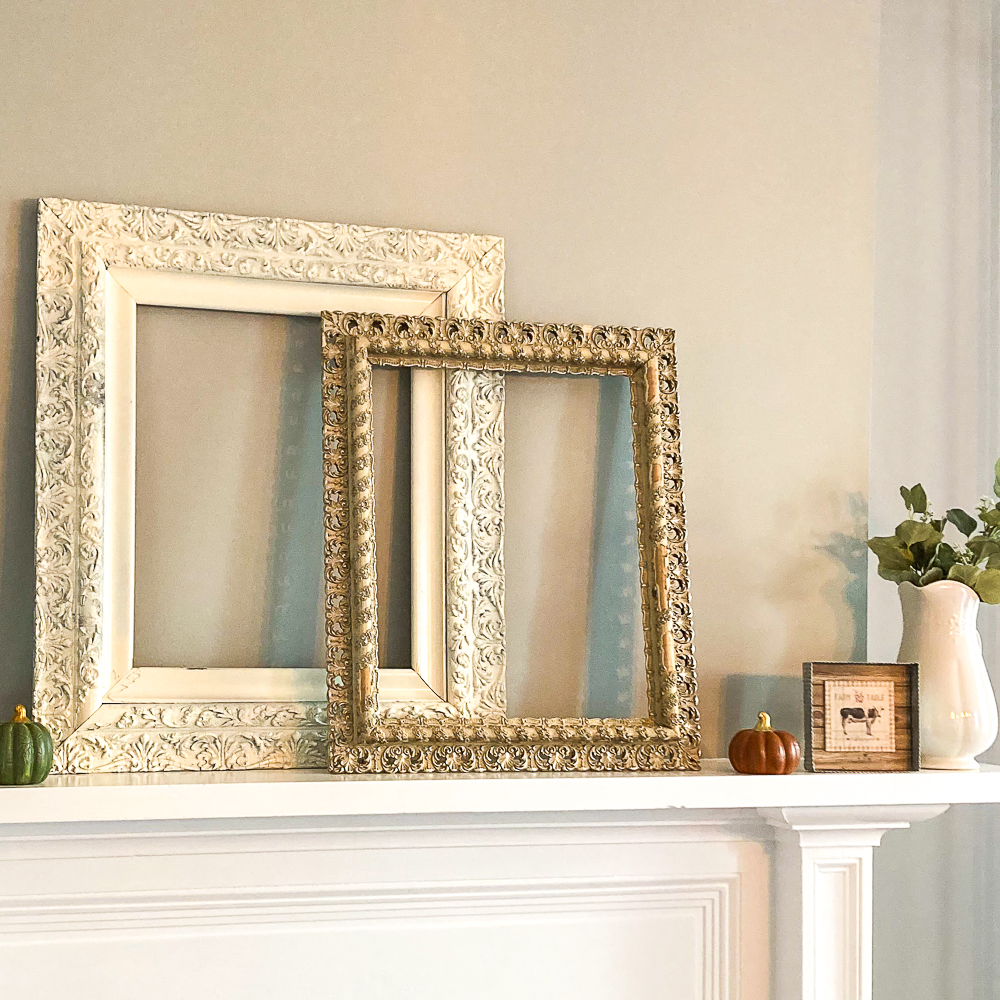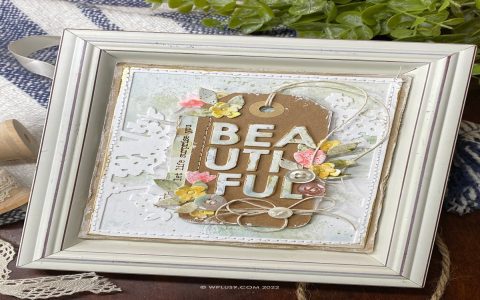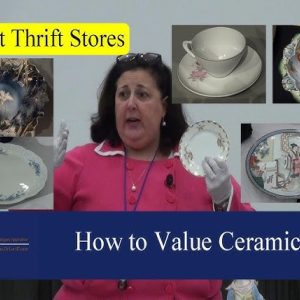Antique picture frames offer both aesthetic enhancement and historical value, requiring informed selection and care. Key considerations span materials, styles, and preservation.
Authenticity Assessment
Identify genuine antique frames through these markers:
- Joinery: Hand-cut dovetails or irregular miters indicate pre-20th century construction. Machine-cut uniformity suggests modern reproductions.
- Backboards: Look for original acid-free cardboard or wood panels with period-appropriate fasteners like square nails.
- Gilding: Authentic water gilding shows intentional wear patterns revealing multiple layers (bole, gesso), unlike uniform modern spray gilding.
Period Styles & Characteristics
- Baroque (1600-1750): Heavy carved walnut or oak with deep ornamentation; reverse profiles common.
- Rococo (1730-1770): Asymmetrical giltwood with C-scrolls, shell motifs, and distressed verre églomisé glass.
- Victorian (1837-1901): Composition ornament frames with high-relief plaster details; ebonized wood with gilded liners.
- Arts & Crafts (1880-1920): Quarter-sawn oak with mortise-and-tenon joints, hammered copper or pewter accents.
Preservation Protocols
- Stabilize flaking gilding with gelatin-based adhesives; never use synthetic consolidants that create irreversible tension.
- Maintain 40-45% relative humidity to prevent wood movement and gesso cracking.
- Clean surfaces with diluted saliva (enzymatic action) on cotton swabs, followed by dry microbrushing. Avoid commercial polishes.
Ethical Restoration
When repairing losses:

- Document interventions with UV-visible resin for future reversibility.
- Match historical materials: Use rabbit-skin glue for gesso repairs, gold leaf (minimum 22k) for gilding.
- Preserve original patina - excessive cleaning diminishes value and historical integrity.












